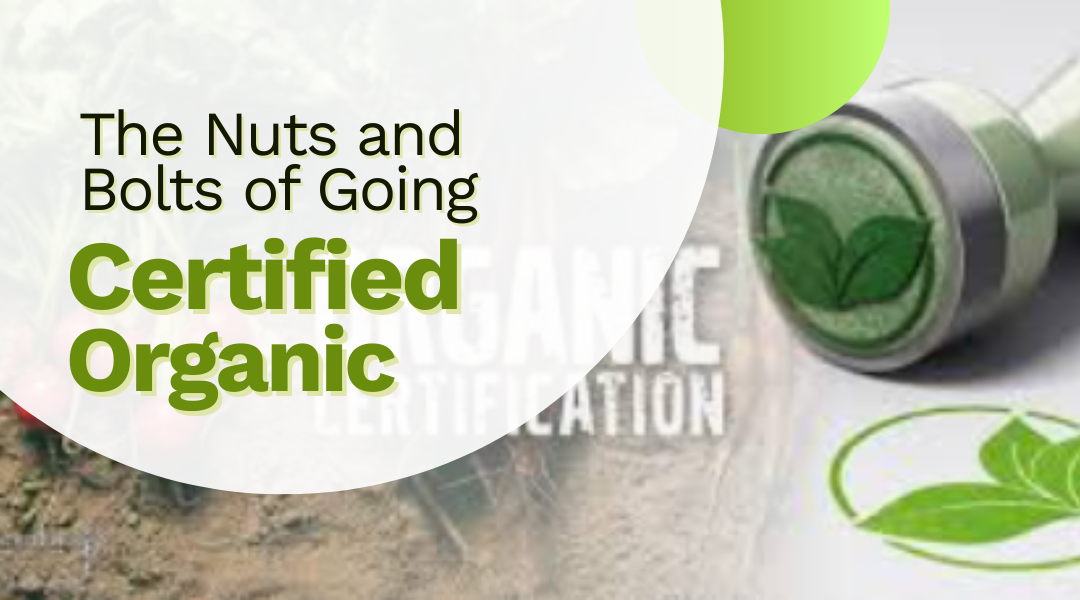The Organic Stamp: More Than Just a Fancy Label
Getting certified organic isn’t just about slapping a premium price tag on your tomatoes. It’s a grueling, paper-heavy, three-year marathon that’ll test your patience and record-keeping skills. But for the right farmer, it opens doors to markets that’ll pay top dollar for your clean food. Here’s the unvarnished truth about what it takes, straight from growers who’ve survived the process.
The Three-Year Grind: What Nobody Tells You
Year 1: You stop using synthetic everything, but your crops still sell as conventional. Profit margins? Brutal.
Year 2: Your soil starts waking up—earthworms return, mycorrhizal networks rebuild. You’re still paying organic input costs without organic prices.
Year 3: The finish line’s in sight… until the inspector shows up and asks for your 2019 seed purchase receipts. (You kept those, right?)
Pro Tip: Start small. Transition one field at a time so you’ve got income streams while others “detox.”
Paperwork Hell (And How to Survive It)
The Organic System Plan isn’t a form—it’s a lifestyle. You’ll document:
- Every seed packet’s origin (GMO-free proof required)
- That weird fungal tea you sprayed last Tuesday
- How your compost pile reached 131°F for 15 days straight
Real-World Hack:
- Use a dedicated notebook (or app like FarmOS) to log everything in real time.
- Take photos of input labels—inspectors love paper trails.
Red Flags That’ll Get You Denied:
- Neighbor’s pesticide drift (buffer zones save lives)
- “Organic” compost made from municipal sludge (big no-no)
- That unapproved natural pesticide you bought on Amazon
The Inspection: Farm Interrogation 101
Picture this: A clipboard-toting inspector peers into your toolshed, sniffs your compost pile, and interviews your farmhands about spray routines.
How to Prep:
- Clean your sprayer—residue tests catch cross-contamination
- Label everything—even the “just in case” neem oil in the back corner
- Train your crew—one “We sometimes use RoundUp” joke = instant fail
Surprise Perk: Many farmers say inspections actually improve their operations—like a free agronomy consult.
Is the Juice Worth the Squeeze?
For
- Premium prices—Organic kale sells for 2-3x conventional
- Wholesale contracts—Big buyers like Whole Foods require certification
- Pride factor—That USDA seal silences skeptical in-laws
Against
- Certification costs—$500-$5,000/year depending on size
- Labor overhead—Record-keeping adds 10+ hours/month
- Black markets—Some local chefs pay cash for “uncertified organic”
The Sweet Spot:
Small direct-market farms often skip certification (using “grown organically” labels), while mid-sized wholesalers find it essential.
War Stories From the Field
- The Compost Catastrophe: One Vermont grower failed because his chicken manure came from non-organic layers. Solution? Started his own flock.
- The Seed Snafu: California vineyard lost certification over rootstock grafted onto conventional vines years prior. Oops.
- The Bureaucracy Win: An Oregon herb farmer landed a $200K/year deal immediately after certifying.
The Bottom Line
Going certified organic is like getting married to bureaucracy—it’s not for the faint of heart, but the payoff can be huge if you’re committed. Before diving in, ask:
- Who’s buying? If your farmers’ market crowd doesn’t care, why bother?
- Can you handle the admin? If you lose receipts constantly, this will hurt.
- What’s your endgame? Certification makes sense for scaling up, not hobby farms.
As one grizzled organic inspector told me: “The best certified farms don’t do it for the label—they do it because they’d farm this way anyway. The paperwork just proves it.”
